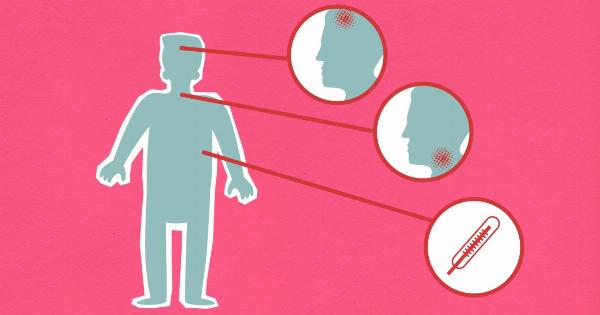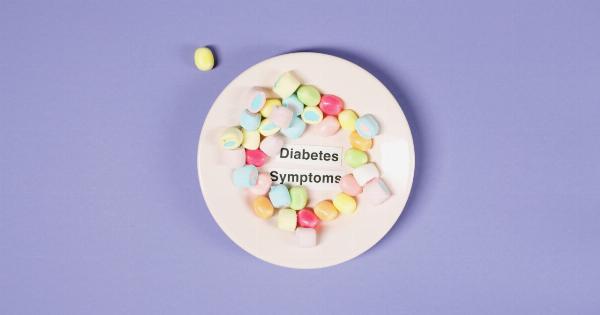Ovarian cancer is a deadly disease that affects thousands of women worldwide. Despite advancements in medical science, the exact cause of ovarian cancer remains a mystery.
In this article, we will delve deeper into the intricacies of this disease, decode its mysteries, and explore potential risk factors, symptoms, diagnosis, and treatment options.
Understanding Ovarian Cancer
Ovarian cancer occurs when abnormal cells in the ovaries multiply uncontrollably, forming a tumor. These tumors can be benign (non-cancerous) or malignant (cancerous). Malignant tumors are more dangerous as they may spread to other parts of the body.
Potential Risk Factors
While the precise cause of ovarian cancer is unknown, certain risk factors have been identified. These include:.
- Family history of ovarian cancer or breast cancer
- Age (risk increases with age, especially after menopause)
- Obesity
- Endometriosis (a condition where the tissue lining the uterus grows outside of it)
- Having never been pregnant
- Exposure to certain talcum powders or asbestos
Signs and Symptoms
Ovarian cancer is known as the “silent killer” due to its vague symptoms, which often go unnoticed until the disease has advanced. Some common signs include:.
- Abdominal bloating or swelling
- Persistent indigestion, gas, or nausea
- Loss of appetite or feeling full quickly
- Pelvic discomfort or pain
- Changes in bowel habits, such as constipation
- Urinary urgency or frequency
If any of these symptoms persist for an extended period, it’s crucial to consult a healthcare professional for evaluation.
Diagnosing Ovarian Cancer
Diagnosing ovarian cancer can be challenging as its symptoms overlap with other common conditions. The diagnostic process typically involves:.
- Physical examination: A healthcare provider may conduct a pelvic examination to check for any abnormalities or enlarged ovaries.
- Imaging tests: Transvaginal ultrasound, CT scan, or MRI may be performed to obtain detailed images of the ovaries.
- Blood tests: Levels of certain tumor markers, such as CA-125, may be measured.
- Biopsy: If a suspected tumor is found, a biopsy may be performed to determine if it is cancerous.
Treatment Options
Treatment for ovarian cancer depends on various factors, such as the stage of cancer, overall health, and personal preferences. Common treatment options include:.
- Surgery: This involves removing the tumor, ovaries, fallopian tubes, and uterus.
- Chemotherapy: Powerful drugs are used to kill cancer cells or shrink tumors.
- Radiation therapy: High-energy beams are directed at the affected area to destroy cancer cells.
- Targeted therapy: Medications are utilized to specifically target cancer cells without harming healthy ones.
Treatment plans are often personalized and may combine various approaches to achieve the best outcome.
Prevention and Early Detection
While the prevention of ovarian cancer is not entirely understood, certain measures may help reduce the risk:.
- Oral contraceptives: Taking birth control pills can lower the risk of ovarian cancer.
- Pregnancy and breastfeeding: The risk decreases with each full-term pregnancy.
- Surgical options: Removing the ovaries or fallopian tubes in high-risk individuals may prevent the development of ovarian cancer.
Additionally, recognizing the symptoms and seeking medical attention promptly can lead to early detection and higher chances of successful treatment.
Support and Care
Receiving a diagnosis of ovarian cancer can be overwhelming for both the patient and their loved ones. It is crucial to seek emotional support and professional guidance throughout the journey.
Joining support groups, attending counseling sessions, and connecting with other survivors can provide immense comfort and strength.
Conclusion
Ovarian cancer continues to remain a perplexing disease, but researchers are dedicated to unraveling its mysteries.
By understanding the potential risk factors, recognizing symptoms, and embracing preventive measures, it is possible to empower women with the knowledge necessary for early detection and effective treatment.





























